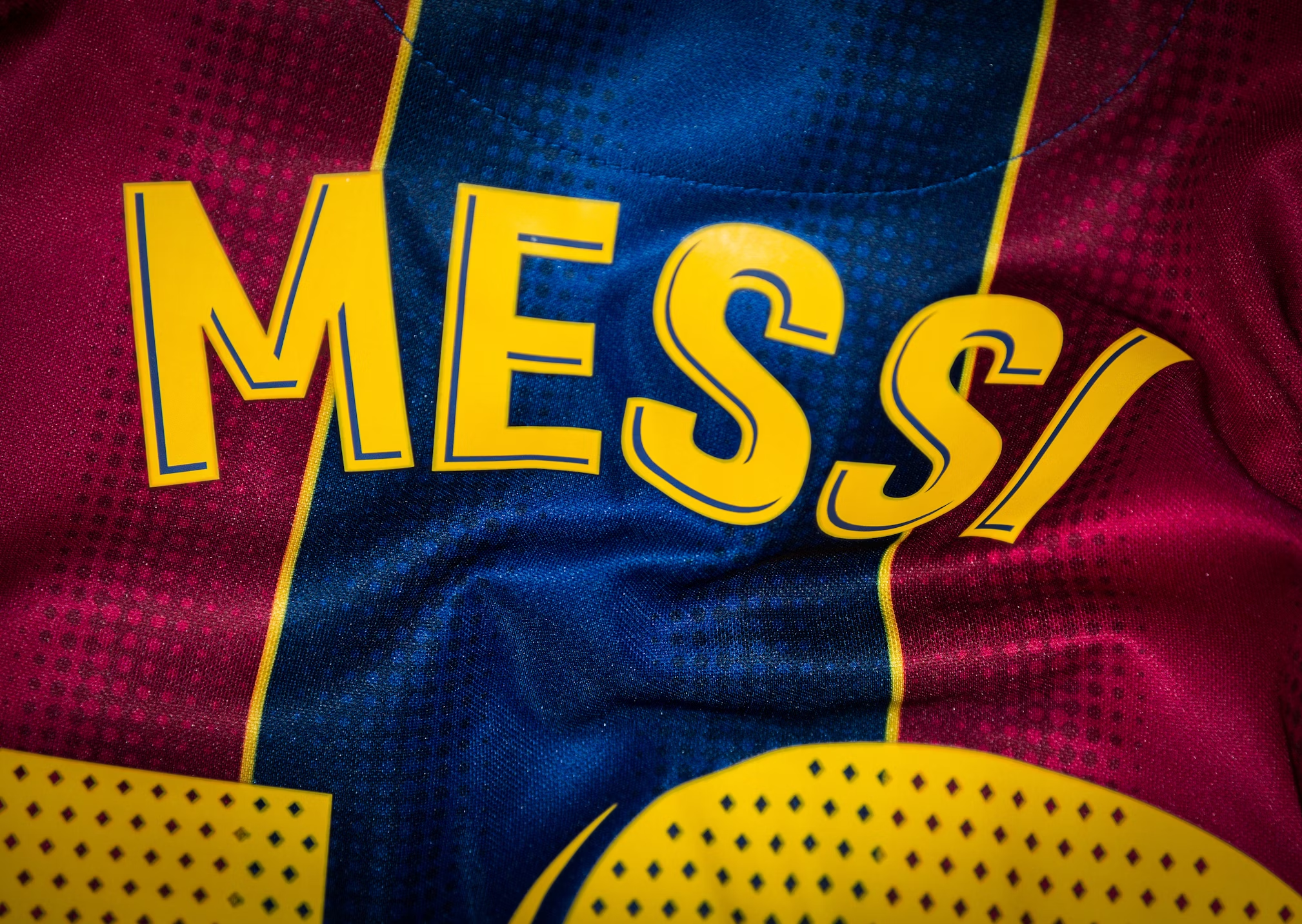The Art and Joy of Dance: A Celebration of Movement and Expression
Dance is a universal language that transcends borders, cultures, and generations. It is a form of artistic expression that has been integral to human culture for centuries, evolving from ritualistic movements and traditional performances to contemporary styles that capture the essence of modern life. In this post, we’ll explore the multifaceted world of dance, examining its history, diverse forms, and the impact it has on individuals and societies.

The History of Dance: From Ancient Rituals to Modern Stages
Dance has been a part of human culture since ancient times. Early dance forms were often tied to rituals and ceremonies, used to communicate with deities, celebrate harvests, or mark significant life events. Ancient civilizations such as the Egyptians, Greeks, and Chinese incorporated dance into their cultural practices, and these early forms laid the groundwork for many dance traditions that we recognize today.
In the Renaissance period, dance became more structured and was performed in royal courts. Ballet emerged as a formalized dance style during this time, characterized by its emphasis on grace, technique, and storytelling. The 20th century witnessed a revolution in dance with the advent of modern and contemporary styles, breaking free from traditional constraints and embracing experimentation and innovation.
Exploring Different Dance Styles
The world of dance is incredibly diverse, encompassing a wide range of styles and genres. Each style has its unique characteristics and cultural significance:
- Ballet: Known for its elegance and precision, ballet is often seen as the foundation of many other dance forms. It emphasizes technique, including positions of the feet, arms, and body, and often tells a story through elaborate choreography. Classical ballet has evolved into various forms, including neoclassical and contemporary ballet.
- Jazz: Originating in the early 20th century, jazz dance is energetic and expressive. It incorporates elements of African American dance and music, characterized by its syncopated rhythms and improvisational style. Jazz dance includes a variety of sub-styles, such as Broadway jazz and street jazz.
- Hip-Hop: Emerging from urban culture in the late 1970s, hip-hop dance is known for its dynamic and often acrobatic movements. It includes styles like breaking, locking, and popping, each with its distinctive techniques and history.
- Contemporary: This genre blends elements from ballet, modern, and other dance forms. Contemporary dance is known for its versatility and emphasis on creativity and emotional expression. It often explores new movement concepts and abstract themes.
- Latin and Ballroom: These dances include a variety of styles such as salsa, tango, and cha-cha. Latin and ballroom dances are known for their rhythmic energy and intricate partner work, often performed in competitive dance settings.
- Folk and Traditional Dance: Each culture has its traditional dances that reflect its history, customs, and values. These dances, from Irish step dancing to Indian Bharatanatyam, are often performed during festivals and celebrations.
The Impact of Dance on Individuals and Communities
Dance is more than just an art form; it has profound effects on individuals and communities:
- Physical Benefits: Dance is an excellent form of exercise that improves cardiovascular health, strength, flexibility, and coordination. It also enhances balance and posture, contributing to overall physical well-being.
- Emotional Expression: Dance allows individuals to express emotions and experiences that may be difficult to articulate through words. It provides an outlet for creativity and can be a therapeutic activity for stress relief and emotional healing.
- Social Connection: Dance fosters social interaction and community building. Whether through group classes, performances, or cultural events, dance brings people together, encouraging collaboration and camaraderie.
- Cultural Appreciation: Engaging with various dance styles helps individuals appreciate and understand different cultures. Dance serves as a medium for cultural exchange, promoting diversity and mutual respect.
The Future of Dance: Innovation and Inclusion
The future of dance is vibrant and evolving, with new technologies and trends shaping its development. Innovations such as digital dance platforms, virtual reality performances, and AI-generated choreography are expanding the possibilities for both creators and audiences.
Inclusion and accessibility are also key themes in the future of dance. There is a growing emphasis on making dance accessible to all individuals, regardless of physical ability, age, or background. Adaptive dance programs and inclusive choreography are helping to ensure that everyone can experience the joy and benefits of dance.
Conclusion
Dance is a celebration of movement, creativity, and human connection. From its ancient roots to its modern expressions, dance has continuously evolved while remaining a fundamental part of human culture. Whether you’re an avid dancer or a casual admirer, the beauty of dance lies in its ability to transcend boundaries and bring people together through the shared language of movement. So, whether you’re hitting the dance floor or watching from the sidelines










